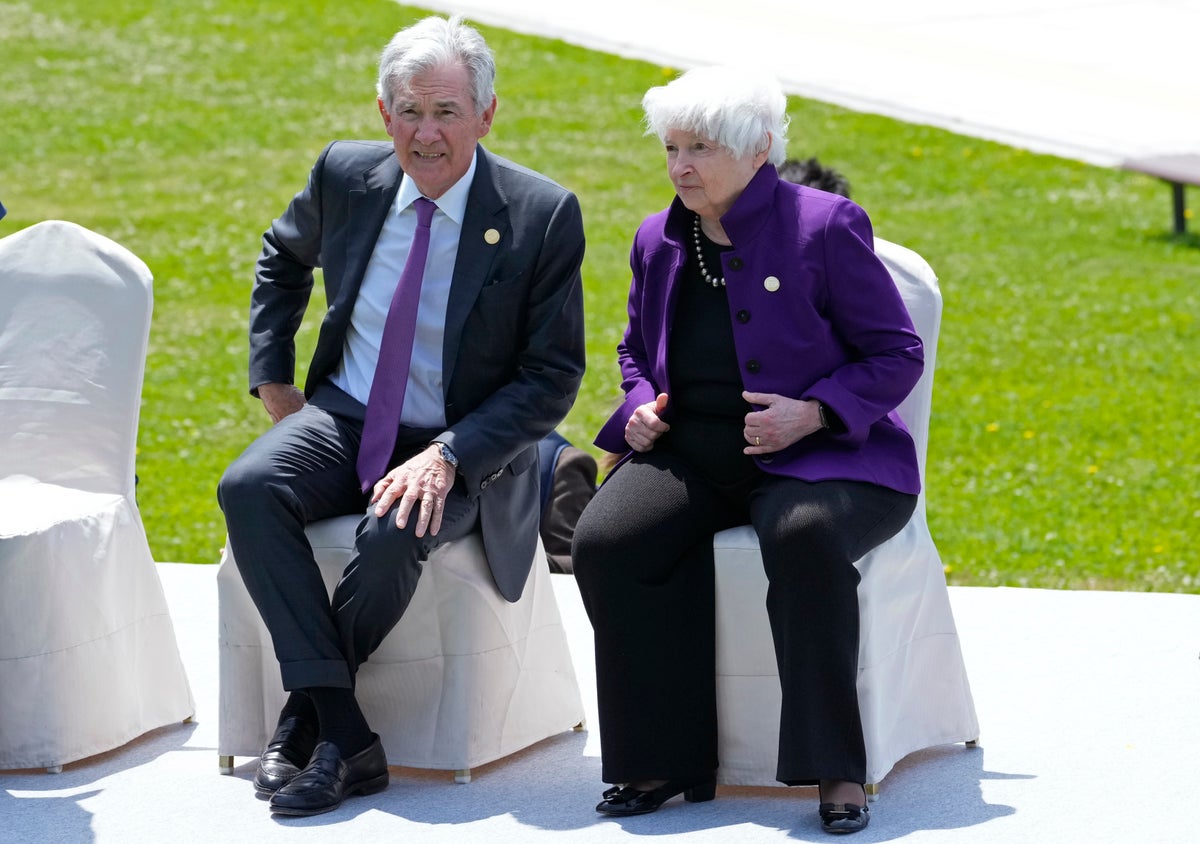
This year's projected government budget deficit has jumped by $130 billion, due in part to a proposed change to student loan repayment plans and a series of bank rescues organized by federal regulators, the Congressional Budget Office said Friday .
Revenue collections through April were lower than the agency expected, resulting in a projected budget deficit of $1.5 trillion for 2023, the office's update to the nation’s 10-year budget outlook says.
Overall, the nonpartisan office expects deficits to increase by $20 trillion during the 2024 to 2033 period, with a caution that the projections are “subject to a great deal of uncertainty.” That's about the same as the originally projected shortfall.
The updated 10-year projection comes as President Joe Biden and congressional leaders try to break an impasse on raising the legal limit on federal borrowing to support the government's debts. Democrats and Republicans have disagreed on whether and how to raise the ceiling.
While Democrats have called for a unencumbered increase to the debt limit, Republicans say negotiated spending cuts for the coming fiscal year are necessary to gain their agreement to ensure the government meets its funding obligations.
The budget office says future spending could vary significantly, based on a case before the U.S. Supreme Court regarding student loan cancellation. In addition, a series of bank failures also prompted the Federal Deposit Insurance Corp. to unexpectedly spend money to protect depositors after the f ailures of Silicon Valley Bank and New York-based Signature Bank in March.
Regulators agreed to protect depositors, even those whose deposits exceeded the federally insured limit of $250,000, with the intent of heading off a broader banking crisis.
U.S. officials have insisted that no taxpayer money will be used to resolve the crisis.
Now the larger disagreement over spending is taking place in Congress and the White House.
Treasury Secretary Janet Yellen had informed Congress that the U.S. would reach its $31.4 trillion statutory spending limit in January. Since then, she has deployed “extraordinary measures" — a series of financial and legal maneuvers— to prevent the U.S. from defaulting. But those are expected to be exhausted within weeks.
In February, the CBO projected that the U.S. economy would stagnate this year with the unemployment rate jumping to 5.1%. The current unemployment rate is 3.4%.







